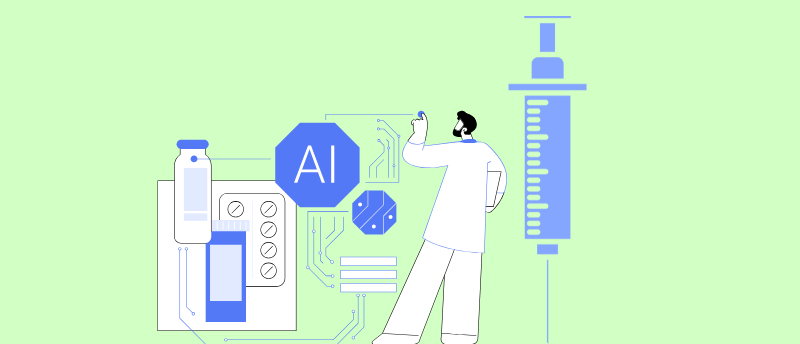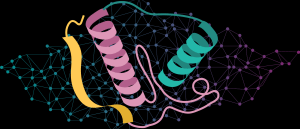Novel AI drug discovery tool predicts more accurate treatment ‘recipes’

A new AI tool has been shown to identify treatments designed to reverse disease states in cells up to 25 times quicker, more efficiently and more accurately than previous models.
Researchers from Harvard Medical School (MA, USA) have developed an AI-based graph neural network model that is able to better predict molecules that could be mediated to reverse disease states in cells and the potential drugs that could target them by considering multiple drivers of disease. PDGrapher, available for free, looks for agents that could address disease states, rather than limiting its search to agents that target molecules already known to play a role in a particular disease.
Widening the net
Traditional drug discovery starts by identifying a single protein involved in a mechanism driving a disease state in cells, then looks for compounds that activate or inhibit it. However, the factors driving many disease states involve a variety of proteins involved in several interlinking signaling pathways. Recent AI tools used for drug discovery can replicate this process but much faster, scanning through the available data on a disease alongside the structures of approved, or even experimental, therapeutic molecules to identify a match. However, they are locked into the same one by one mentality that has prevailed as the status quo in drug discovery for some time.
To build a more effective tool, Zitnik and her team turned to causal discovery, which looks at which elements of a system should be changed, or perturbed, to achieve a desired state. They developed PDGrapher by combining causal discovery and geometric deep learning to predict therapeutic targets that might shift gene expression from a diseased state to a healthy one.
The team then trained PDGrapher on a dataset of disease–treated sample pairs to help it understand which parts of a cell might be driving a disease, simulate the outcome if those parts were changed in some way, then predict if the cell would still be diseased after the change.
 Characterizing and predicting protein modifications with a novel AI tool
Characterizing and predicting protein modifications with a novel AI tool
An AI model that reveals how protein modifications link genetic mutations to disease has been developed.
“Traditional drug discovery resembles tasting hundreds of prepared dishes to find one that happens to taste perfect,” commented study senior author Marinka Zitnik, Blavatnik Institute (Harvard Medical School). “Instead of testing every possible recipe, PDGrapher asks: ‘Which mix of ingredients will turn this bland or overly salty dish into a perfectly balanced meal?’” Zitnik explained.
To put PDGrapher to the test, the team reviewed 19 datasets across 11 cancer types. This included cell samples and cancer types PDGrapher hadn’t encountered during its training.
PDGrapher successfully predicted proven drug targets that were deliberately excluded from the training data. It also identified additional candidates supported by emerging evidence, such as TOP2A. TOP2A is an enzyme already targeted by approved chemotherapies, so PDGrapher added to evidence from recent preclinical studies that TOP2A inhibition may be a promising target for non-small cell lung cancer. PDGrapher also predicted KDR, also known as VEGFR2, as another potential target for non-small cell lung cancer, aligning with clinical evidence.
Overall, PDGrapher detected up to 13.37% more ground-truth therapeutic targets in chemical intervention datasets, and 1.09% more in genetic intervention datasets than existing methods. For chemical intervention datasets, candidate therapeutic targets predicted by PDGrapher were up to 11.58% closer to ground-truth therapeutic targets in the gene–gene interaction network than what would be expected by chance.
PDGrapher was also reported to have superior accuracy and efficiency, ranking the correct therapeutic targets up to 35% higher than other models did and delivering results up to 25 times faster than comparable AI approaches.
Throwing out the recipe book
The team hopes that PDGrapher will lead to faster, more efficient searches for new therapeutic agents, especially in disease states involving multiple pathways. They are currently applying this model to study Parkinson’s and Alzheimer’s, to identify potential targets to restore cell health.
In the future, they believe PDFGrapher could enable personalized medicine, by analyzing a patient’s individual cellular profile. It could also help researchers understand why and how some drug combinations work, opening up new avenues of research.
“Our ultimate goal is to create a clear road map of possible ways to reverse disease at the cellular level,” Zitnik concluded.